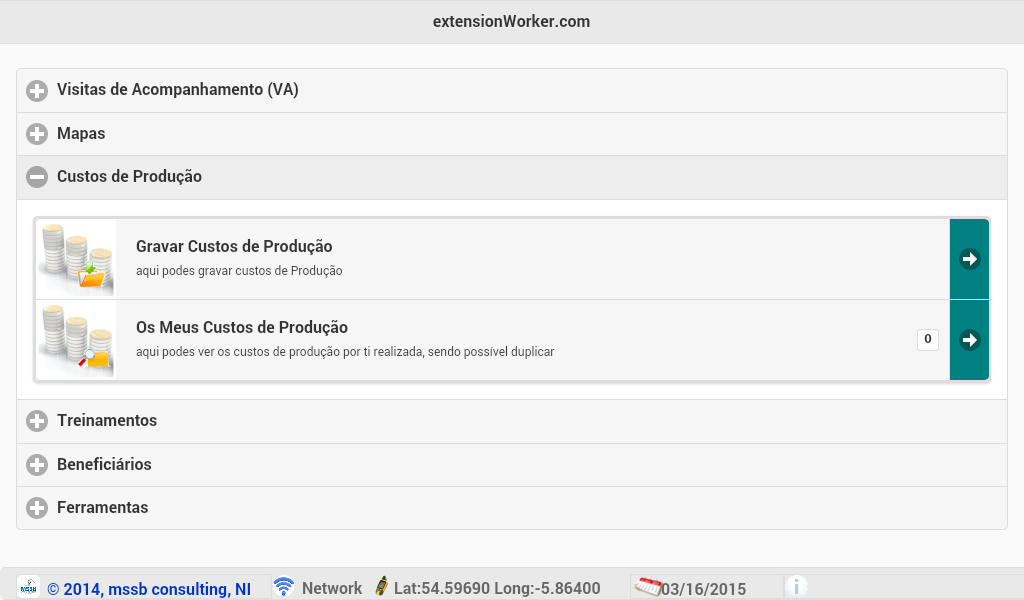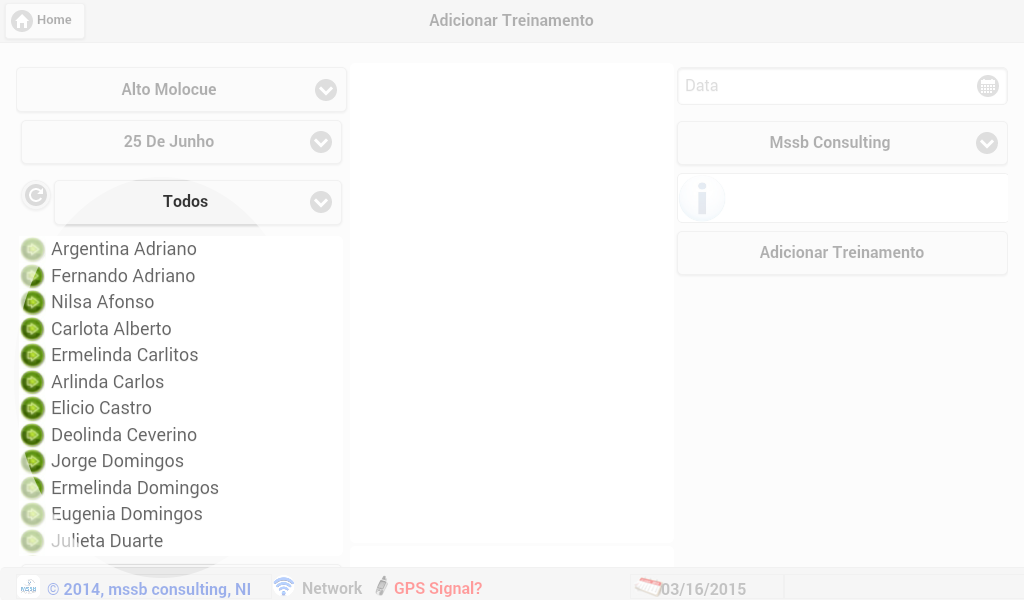The Cost of Mobile Based M&E Systems
Costing a Mobile based M&E System.
Mobile devices or tablets on their own are quite limited in their capacity to serve the M&E function of a typical project. Screen, memory size and functionality means that beyond emailing they are poor substitutes for lap or desk tops. Additionally, few apps exist specifically for NGOs and so extending the range of mobile devices to suit a modern project will invariably require either the development of new software or the modification of existing.
In this area NGOs typically invest far less on IT spend overall and custom software development in particular. The subsequent lack of exposure this brings to contracting software development understandably makes NGOs reluctant to undertake this on a project by project basis.
However, without a willingness to invest in custom software development, it is unlikely there is a significant return to be made in investing in smart phones or tablets. In a practical sense on tablets or smart phones on their own do not have the functionality to replace paper forms, lap tops and spread sheets. Introducing this layer of technology without an investment in the software to properly utilize the power of these devices it is largely redundant.
Typical Costs for Tablet based M&E System
| Activity | Cost (USD) |
|---|---|
| Tablets (30) | USD 13,000 |
| Protective Cases (30) | USD 1,400 |
| Pens (30) | USD 660 |
| Custom Software Development | USD 30,000 |
| Training | USD 25,000 |
| Internal Cost of Initial Data Collection | USD 25,000 |
Typical Costs for Phone based M&E System
| Activity | Cost (USD) |
|---|---|
| Smart Phones (30) | USD 5,400 |
| Pens (30) | USD 660 |
| Custom Software Development | USD 30,000 |
| Training | USD 35,000 |
| Internal Cost of Initial Data Collection | USD 25,000 |
A word on initial data collection.
The most significant cost of setting up a mobile based M&E system is initial data collection. This is because in order truly get a return on the investment mobile systems it will need to be built around your beneficiaries. Being able to directly link your service delivery to registered beneficiaries improves transparency, accountability and reporting and represents the true advantage of collecting data directly in the field.
In order to achieve this a project will need to properly register each and every beneficiary and such an exercise can be both expensive and time consuming. Sadly, despite claims by most projects, this process is rarely carried out to the rigor necessary for a mobile system. And so organizations should ideally prepare both within the budget and in planning for what is an fairly long and exercise.
Summary
- Mobile devices on their own are of little practical use in the field.
- To implement a mobile data collection system you will need to contract software modification or development consultants.
- NGO under spend in IT in general but software development in particular provides projects with little experience of contracting such specialized companies.
- A significant cost of introducing mobile M&E is initial data collection.
Global Spend on IT

Global IT spend is in the Trillions. But, interestingly for NGOs, they lag way behind in the more than 25% of total IT spend companies typically spend on software.
extensionWorker

extensionWorker is one of the few available mobile M&E apps that is customizable to a projects indicators, structure and language requirements.
The power to directly link to your beneficiaries

The true power of mobile M&E systems is the ability to directly link your service delivery to your beneficiaries.
